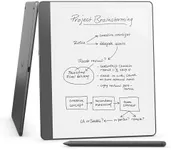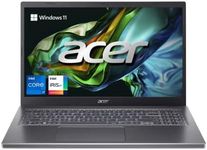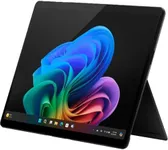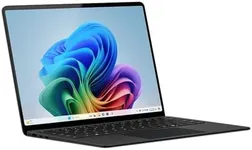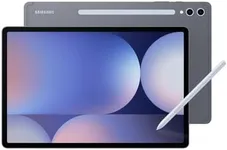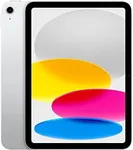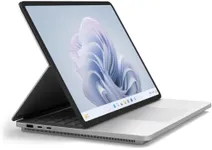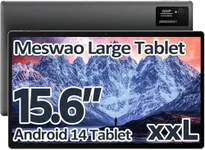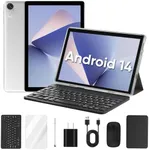Buying Guide for the Best Note Taking Device
Choosing the right note-taking device can significantly enhance your productivity and organization. Whether you're a student, professional, or someone who loves jotting down ideas, the right device can make a big difference. When selecting a note-taking device, consider your specific needs and preferences. Think about where and how you'll be using the device, and what features are most important to you. Here are some key specifications to consider when choosing a note-taking device.Display SizeDisplay size refers to the physical dimensions of the screen on your note-taking device. This is important because it affects how much information you can see at once and how comfortable it is to use the device for extended periods. Smaller screens (7-8 inches) are more portable and easier to carry around, making them ideal for on-the-go note-taking. Medium screens (9-11 inches) offer a balance between portability and usability, providing enough space for detailed notes without being too bulky. Larger screens (12 inches and above) are great for extensive note-taking and multitasking, but they can be less convenient to carry. Choose a display size that matches your usage scenario – if you need something portable, go for a smaller screen; if you need more space for detailed notes, opt for a larger screen.
Battery LifeBattery life indicates how long the device can operate on a single charge. This is crucial for ensuring that your device lasts through your workday or study sessions without needing frequent recharges. Devices with shorter battery life (up to 6 hours) may require you to carry a charger or power bank, which can be inconvenient. Medium battery life (7-10 hours) is suitable for most users, providing enough power for a full day of use. Long battery life (11 hours and above) is ideal for heavy users who need their device to last through extended periods without access to a charger. Consider your daily routine and choose a device with a battery life that aligns with your needs – if you're often away from power sources, opt for a longer battery life.
Storage CapacityStorage capacity refers to the amount of space available on the device to store your notes, documents, and other files. This is important because it determines how much content you can keep on your device without running out of space. Lower storage capacities (32-64 GB) are suitable for users who primarily use cloud storage or don't need to store many files locally. Medium storage capacities (128-256 GB) offer a good balance for most users, providing enough space for a substantial amount of notes and documents. Higher storage capacities (512 GB and above) are ideal for users who need to store large files, such as multimedia content or extensive libraries of notes. Think about how much content you plan to store on your device and choose a storage capacity that meets your needs.
Operating SystemThe operating system (OS) is the software that runs on your note-taking device and manages its functions. This is important because it affects the device's compatibility with other software and services, as well as its overall user experience. Common operating systems include iOS, Android, and Windows. iOS is known for its smooth performance and integration with other Apple products, making it a good choice for users who are already in the Apple ecosystem. Android offers a wide range of customization options and compatibility with various apps, suitable for users who prefer flexibility. Windows provides a desktop-like experience with robust productivity tools, ideal for users who need advanced features for their note-taking. Consider your familiarity with the OS and how it fits into your existing workflow when choosing a device.
Stylus SupportStylus support refers to the device's ability to work with a digital pen for handwriting and drawing. This is important for users who prefer taking handwritten notes or need precision for sketches and diagrams. Devices without stylus support are limited to keyboard input, which may not be ideal for all note-taking styles. Basic stylus support allows for simple handwriting and basic drawing, suitable for casual note-takers. Advanced stylus support includes features like pressure sensitivity and palm rejection, providing a more natural writing experience and better accuracy for detailed work. If you prefer handwriting or need to create detailed diagrams, choose a device with advanced stylus support.
Connectivity OptionsConnectivity options refer to the various ways your note-taking device can connect to other devices and networks. This is important for transferring files, accessing the internet, and using peripheral devices. Common connectivity options include Wi-Fi, Bluetooth, and USB ports. Wi-Fi is essential for accessing online resources and cloud storage, making it a must-have for most users. Bluetooth allows for wireless connections to peripherals like keyboards and headphones, enhancing the device's versatility. USB ports enable direct connections to other devices for file transfers and charging. Consider how you plan to use your device and choose one with the connectivity options that match your needs – if you need to connect to various peripherals, ensure the device has Bluetooth and USB ports.
